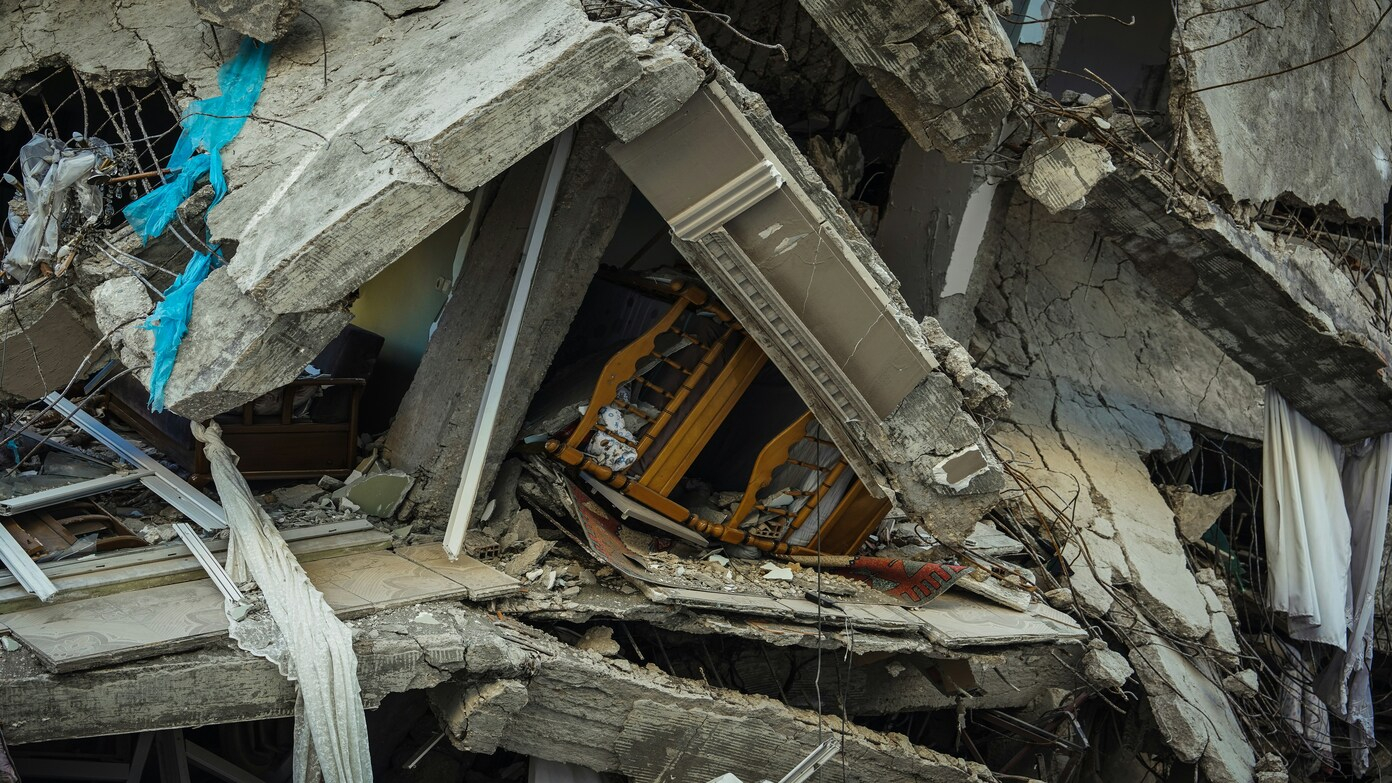2025, found a serious problem with homeowners: “underinsurance”. The fires resulted in 29 fatalities and burned more than 16,000 buildings at an estimated $28 billion to $275 billion price tag, which would be the most expensive disaster in American history.
Most Californians subsequently discovered that their insurer would not pay the full rebuilding cost after the disaster. It is not an isolated phenomenon; studies have found that most US homeowners are underinsured and hence vulnerable to loss.
Understanding underinsurance
Underinsurance exists when the home policy is not adequate to replace or rebuild a house in the case of loss. The Insurance Information Institute has reported that American homeowners are, on average, 23% underinsured and that there are homes which are underinsured by as much as 60%.
The deficiency may be due to various reasons, such as higher costs of construction, renovations to a house not revealed to insurers, or outdated policy values.
Working out your cover needs
To see whether you are properly covered, you need to check your policy and compare it with the cost of actually rebuilding your house. Here’s how you can do it:
- Check your policy limits: Check your policy’s dwelling coverage limit. This is the amount your insurance company will pay you to rebuild your house.
- Estimate reconstruction costs: Determine the current cost of construction per square foot in your area. Take the same amount and multiply it by the square footage of your home to get the reconstruction cost.
- Compare and make adjustments: If you have a lower policy limit than your estimated rebuilding cost, then you are underinsured. Call your insurance company and increase your coverage.
The construction cost varies based on labor shortages, commodity prices, and demand surges due to disasters. It is advisable to have your policy adjusted in accordance with such variations.
The need for updating your policy
Home makeovers and home overhauls are a sure bet for cash. Not informing your insurer will leave a gap in the cover. Los Angeles’s Miriam Cotero lost the status of victim of a money tragedy when her just-renovated $1.2 million home burned down in the Eaton Fire. She had insured herself, but only up to the amount of $200,000 since she had not raised the cover to cover upgrade improvements.
To avoid this pitfall, the owners must inform their insurer whenever there is a substantial addition or variation so that the policy can be revised to the new property value.
The role of contents insurance
Besides the house itself, owners also need to consider the value of their personal belongings. Contents insurance, which is often included in a typical homeowner policy, covers personal belongings such as furniture, appliances, and clothing. Keeping an itemized list of your belongings, with estimated values, will have you well-insured. Regular updating of the inventory and notification of your insurer of high-value items is required.
Navigating the insurance market
Sustained growth in natural disaster exposures has strained the insurance industry. California’s FAIR Plan, the state residual carrier, has, for instance, asked private carriers to commit an extra $1 billion of capital to cover claims from recent wildfires.
It has been in the form of higher premiums, and, in some instances, pullback insurers from high-risk areas.
Homeowners in high-risk areas will struggle to find coverage at affordable rates. Brokerage around, negotiating with insurance brokers, and applying for state-sponsored insurance programs when there are no traditional insurers become necessary.
Steps to maintain sufficient coverage
Protect against the financial pressure of underinsurance by the following:
- Annual policy reviews: Check your insurance policy annually to ensure that it’s current with current construction prices and provides for upgrades on your home.
- Inform your insurer: Notify your insurer in case of a material alteration in your property or goods.
- Seek experts’ opinions: Get advice from insurance brokers or financial planners to make decisions regarding your cover needs in a proper manner.
- Stay current with marketplace trends: Remain aware of trends in the insurance marketplace and how the trends will affect your premium and coverages.
